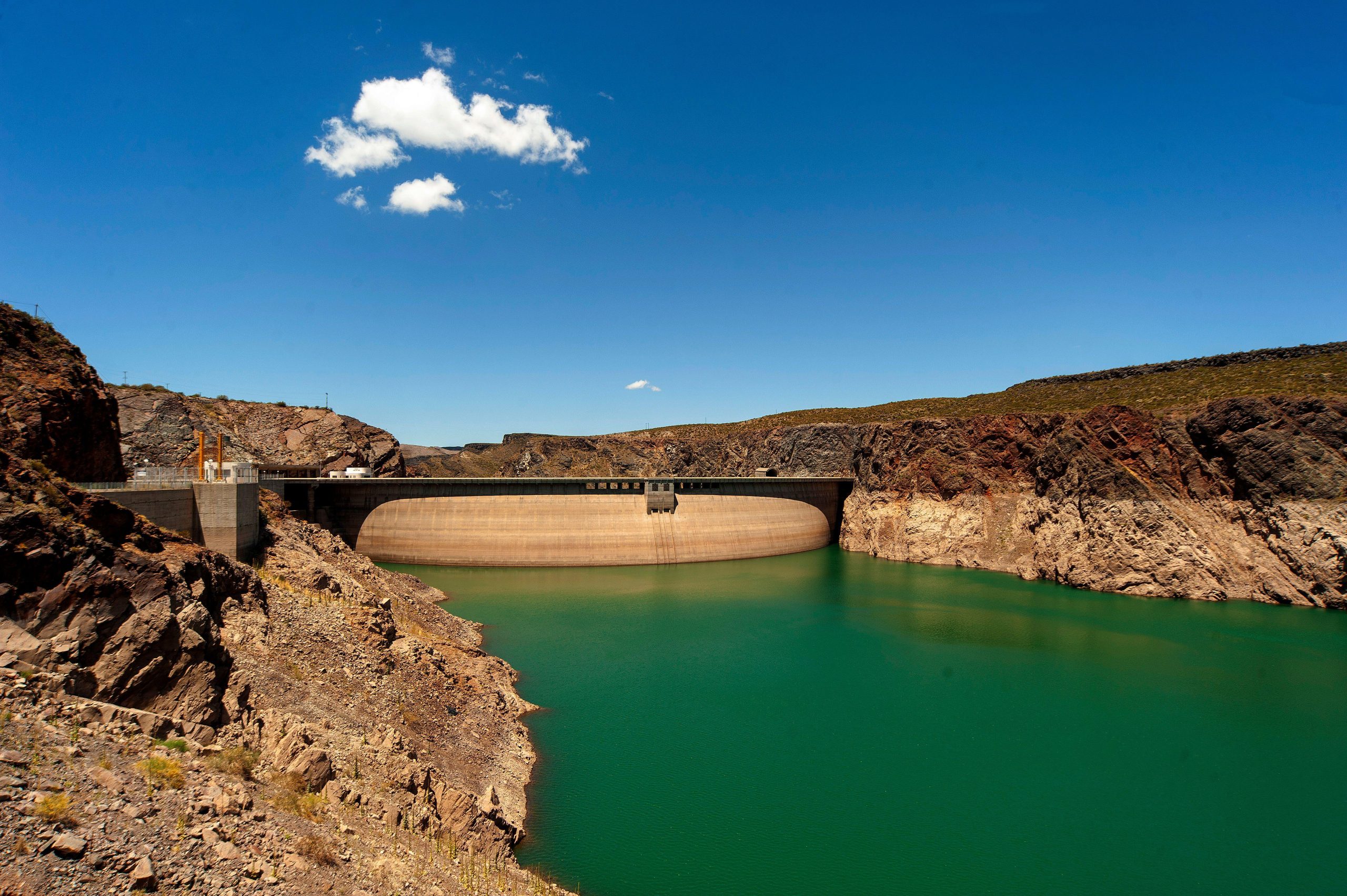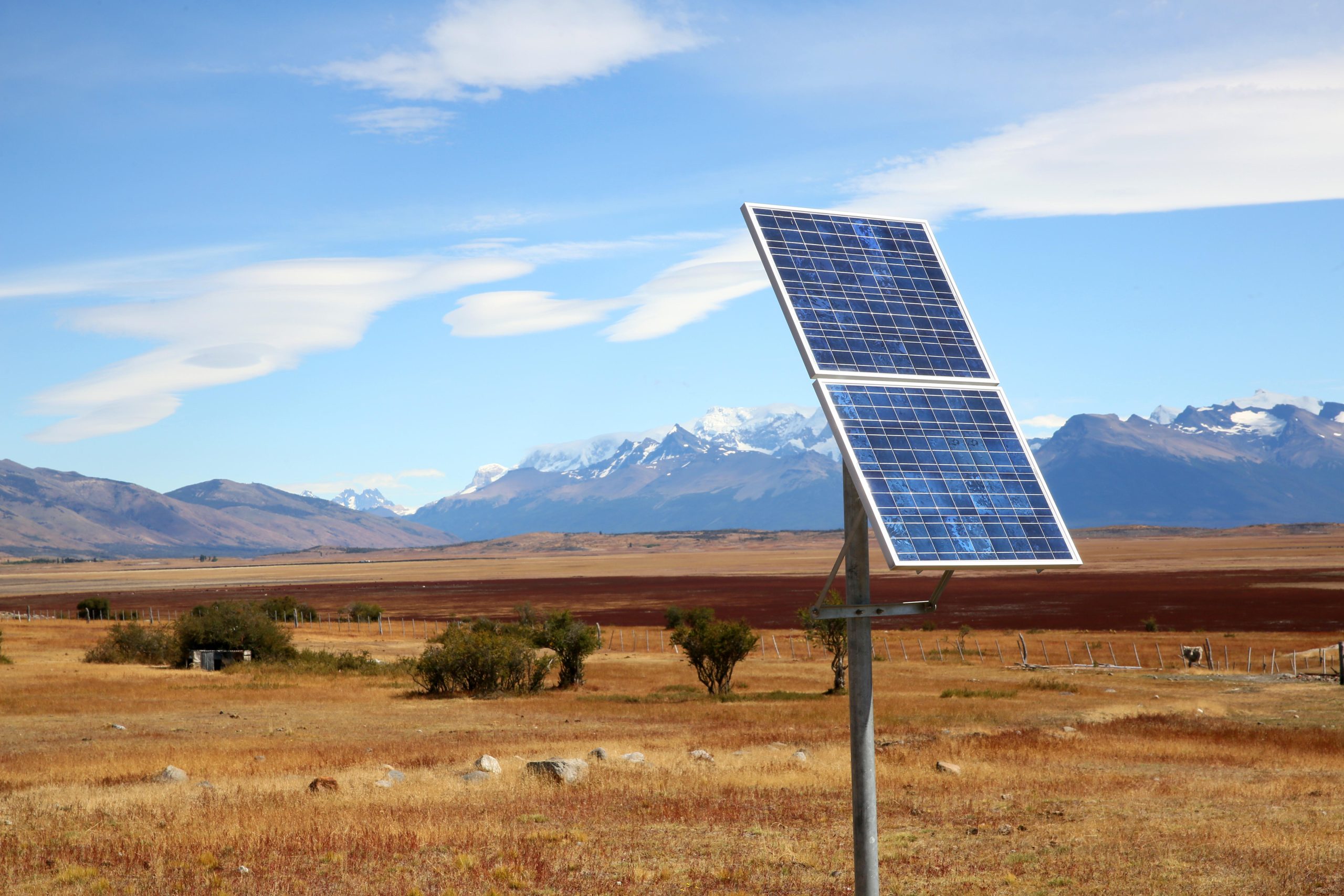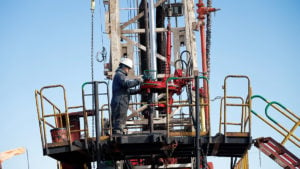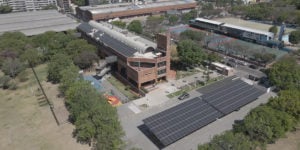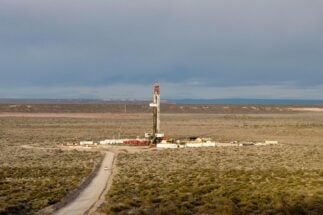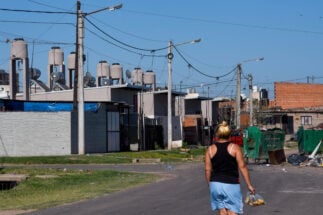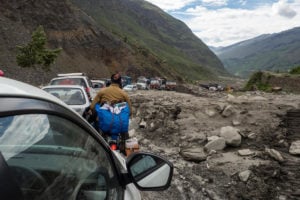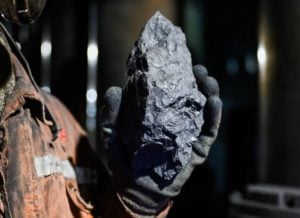Argentina is aiming to generate 57% of its energy from renewable sources by the end of the decade, according to an official energy transition plan launched in late June. The country will also target 5,000 kilometres of new transmission lines, an 8% reduction in overall energy demand, and one gigawatt (GW) of distributed generation, with the government putting the plan’s estimated costs at US$86.6 billion.
These targets represent a potentially significant shift for Argentina’s energy mix. Fossil fuels currently account for around 60% of electricity generation, a share that it aims to reduce to 35% by 2030 through the expansion of renewables, including hydropower, and in particular wind and solar.
Of the 14 GW of additional capacity highlighted by the transition plan, almost 10 GW are clean sources, with the remainder made up by natural gas, nuclear and hydrogen.
“This is the first time Argentina has put into numbers the transformation needed in its energy sector to deliver on the country’s climate pledges,” Juan Carlos Villalonga, a renewable energy consultant and former deputy in the national congress, told Diálogo Chino. He said the plan should ideally now be discussed “at the highest level – but the attention is focused on the presidential election campaign,” ahead of August primaries and the 22 October vote.
In its pledge to the Paris Agreement on climate change, known as a nationally determined contribution (NDC), Argentina committed to limiting its net emissions in 2030 to 349 million tonnes of CO2 equivalent. Managing the role of the energy sector will be a key challenge in meeting this target, being responsible for 53% of the country’s emissions, according to the latest update of its greenhouse gas inventory in 2019.
The transition away from fossil fuels has, however, been an elusive goal for Argentina to date. The government has high hopes for exploiting Vaca Muerta, a geological formation that is home to some of the world’s largest shale gas and oil deposits, while the expansion of renewables has largely stagnated since the country’s 2018–19 economic crisis.
The new plan hopes to address these shortcomings by prioritising renewable energy over fossil fuels – though these are still set to play a significant role. National gas production is planned to increase from current levels of around 133 million cubic metres per day to 174 million cubic metres per day by 2030 – a 30% increase that would see Argentina no longer require gas imports, and allow it to increase exports through a number of planned infrastructure projects, including liquified natural gas (LNG) plants and pipelines.
“It’s a realistic plan based on the social and economic difficulties of Argentina,” Ignacio Sabatella, a researcher at the National Scientific and Technical Research Council (CONICET), told Diálogo Chino. “It has come at the end of the government’s term because it took time to get all the government areas aligned, such as environment and energy ministries.”
Bumps in the road
The new plan acknowledges that Argentina will face many barriers to deliver on its targets. The energy transition “should not be isolated from the macroeconomic reality and the complex external scenario compromised by foreign currency debt,” the document reads, highlighting the need to access credits at low rates and improve the overall economy.
For Juan Ignacio Arroyo, an economist and independent energy consultant, it is one thing for the plan be ambitious but quite another to deliver on that ambition. “On certain occasions, there are tensions between the speed and sustainability of an energy transition,” he told Diálogo Chino. “The more ambitious you are, the more investment you need in the electricity transmission grid and imports to install the solar and wind farms.”
Argentina has had limited or no access to international financial markets for years, a situation that is likely to endure, owing to its high level of sovereign debt. The country is currently renegotiating its debt arrangements with the International Monetary Fund, and recently signed a deal to renew its currency swap with China and double the amount it can access to nearly US$10 billion.
Increased gas exports would enable more funds for renewable energy projects, the plan reads. However, it doesn’t propose the creation of a specific mechanism through which such income would be channelled directly towards renewables. Similar proposals were heard last year during discussions over the expansion of offshore oil drilling in Argentina, but plans to reinvest part of the proceeds in renewables were ultimately shelved.
For Arroyo, a key concern is: “How do we make sure that the energy transition doesn’t deepen the country’s economic constraints?” In this vein, the plan emphasises the importance of the transition serving as a catalyst for the country’s technological, industrial and scientific capabilities, and for developing domestic value chains. However, this appears to be at odds with the country’s latest tender for renewable energy projects, which did not require or incentivise the integration of local supplies by applying companies.
Setting up the 5,000 kilometres of new transmission lines will also be a tricky task. Argentina has not made significant investments in its electricity transmission network in the last 25 years, and this is now taking a toll on its capacity to build and connect new solar and wind farms. Companies have also warned that the existing infrastructure is facing problems due to a lack of maintenance.
Last October, the government relaunched a plan to invest US$1.4 billion in six energy transmission lines, a plan that was first announced six years ago but not implemented. China Electric Power Equipment and Technology (CET) also agreed last year to invest US$1.1 billion in the energy grid of the Buenos Aires metropolitan area.
Not just big renewables
While hoping to set up utility-scale wind and solar farms, the plan also highlights the potential of distributed generation – small-scale and local systems that enable electricity to be produced from sources near the point of use instead of more centralised sources such power plants. This allows traditional electricity buyers, from homeowners to industrial plants, to become producers.
The latest report on distributed generation in Argentina, published in May, showed 23.2 megawatts of installed capacity. The energy transition plan sets a goal for this figure to reach one gigawatt. Sabatella said the target can be achieved, highlighting that smaller-scale distributed projects are not as dependent on imports of equipment as big solar and wind farms. “It’s especially relevant for those who can’t access the gas network,” he added.
The plan also highlights a role for green hydrogen, often dubbed the “fuel of the future” and made using renewable energy. The goal is to generate 20,000 tonnes annually by 2030, a modest target, according to Villalonga.
“At present, local demand for hydrogen, mostly ‘grey’ [produced using fossil fuels], is 400,000 tonnes per year,” Villalonga wrote in a blog post analysing the plan. “It can be assumed that by 2030 this demand will grow to 500,000 tonnes per year. In other words, the demand for low-emission hydrogen would represent just 4% of the total.”
In May, the government submitted a bill for consideration in congress, aimed at regulating and incentivising growth in the nascent green hydrogen industry, but its progress is likely to be slow in the near-term as attention turns to the elections.
The energy transition plan also sets a target of electric vehicles to account for 2% of the total fleet by the end of the decade.
The “just transition” – a concept that refers to ensuring that a transition to a carbon-neutral economy is fair and inclusive to all – is also mentioned as a key objective. For the government, this means balancing the economic, social and environmental aspects of a transition away from fossil fuels, and paying attention to the speed at which this takes place.
A “just” energy transition also means addressing previous inequalities in the energy sector, creating decent jobs, guaranteeing that the entire population has reasonable access to energy at an affordable price, that the costs of a transition are competitive, and that vulnerable groups are included, the plan reads.
For Arroyo, the mention of these concepts is a step forward: “While it is not the most modern of definitions of a just transition, as it does not talk much about concepts such as governance or democratisation of the energy sector, it does incorporate other important elements such as reducing energy poverty, creating green jobs across the country, and decentralising value chains.”
As well as unveiling the plan, the government also published a document providing guidelines for the energy sector to 2050. This includes three scenarios, from least to most ambitious. By 2050, renewables, including hydropower, could account for at least 80% of electricity generation, while electric vehicles could make up at least 29% of the fleet – but even this lowest ambition scenario would require an investment of at least US$264 billion, according to the guidelines’ projections.
